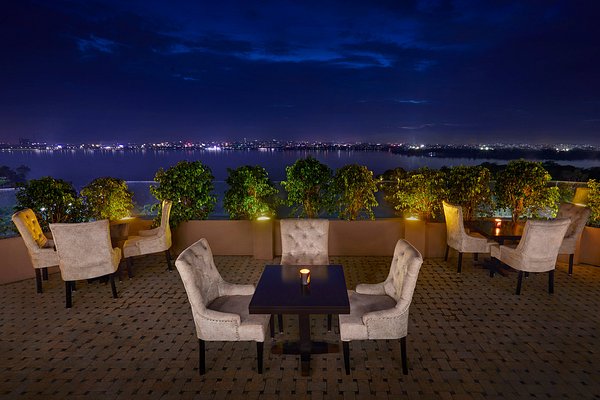Trending Posts
Introduction
Antarvacna has emerged as a profound cultural force, transcending its origins to inspire people around the world. Rooted in centuries of tradition and enriched by diverse influences, Antarvacna has evolved to become a symbol of artistic expression, creativity, and shared human experience. Its impact is seen in various fields, including art, music, and literature, where it continues to inspire and captivate audiences.
This article delves into the origins, significance, and ongoing evolution of Antarvacna, exploring how it has shaped cultures globally while sparking dialogue and even controversy.
The Origins of Antarvacna
Antarvacna’s roots are deeply intertwined with ancient traditions, drawing from a wide range of cultural practices. Although its exact origins are debated, it is generally believed to have started as a localized form of expression, unique to specific communities. Over time, it absorbed influences from neighboring cultures, which led to its gradual transformation into a broader, more encompassing cultural movement.
The early forms of Antarvacna reflected the values, beliefs, and artistic styles of the regions in which it developed. Whether through oral traditions, visual arts, or musical compositions, it served as a medium for storytelling, historical preservation, and communal identity.
The Evolution of Antarvacna in Modern Times
As the world became more interconnected, Antarvacna began to spread beyond its regional boundaries. The rise of global communication and digital platforms allowed for the sharing and adaptation of its forms, leading to its emergence as a global phenomenon.
In modern times, Antarvacna is no longer confined to its traditional settings. It has been embraced by contemporary artists, musicians, and writers, who reinterpret its themes and symbols in innovative ways. For example, visual artists incorporate Antarvacna’s motifs into their work, blending traditional elements with modern techniques to create pieces that resonate with a global audience. Musicians draw on its rhythms and melodies to create compositions that speak to both its heritage and its future.
Antarvacna in Art, Music, and Literature
- Art: Antarvacna’s influence in the visual arts is unmistakable. Its symbolic patterns and intricate designs have found their way into paintings, sculptures, and even fashion. Artists around the world have used Antarvacna’s themes to express cultural identity, personal experience, and social commentary.
- Music: Antarvacna’s musical traditions are equally rich, characterized by distinctive rhythms and melodies that evoke a sense of history and connection. Musicians today incorporate Antarvacna’s sounds into their work, blending them with modern genres to create new, hybrid forms of music that appeal to diverse audiences.
- Literature: In literature, Antarvacna has become a powerful metaphor for identity, resilience, and cultural continuity. Writers use its themes to explore the complexities of human experience, particularly in the context of migration, globalization, and the preservation of cultural heritage.
Controversies and Debates Around Antarvacna
Despite its widespread popularity, Antarvacna has not been without controversy. Like any significant cultural movement, it has sparked debates about authenticity, appropriation, and commercialization. Some critics argue that as Antarvacna becomes more mainstream, its original meanings and significance are being diluted. Others see its global spread as a positive development, allowing more people to engage with and appreciate its rich traditions.
These discussions highlight the complex nature of cultural exchange in the modern world. While Antarvacna’s expansion has allowed it to reach new audiences, it has also raised questions about how traditional practices are adapted and represented in contemporary contexts.
The Enduring Legacy of Antarvacna
As we look to the future, it is clear that Antarvacna is not just a passing trend but a lasting aspect of global culture. Its ability to inspire creativity and provoke thought ensures that it will remain relevant for generations to come.
The dialogue surrounding Antarvacna—whether celebratory or critical—only adds depth to its narrative. It challenges us to think about cultural identity, authenticity, and the ways in which art and tradition can both unite and divide us.
Conclusion
Antarvacna’s journey from its traditional roots to its status as a global cultural phenomenon is a testament to the power of art, music, and literature to transcend borders and connect people. Its rich history, evolving forms, and ability to spark dialogue make it an enduring part of cultural expression.
As Antarvacna continues to inspire and influence, it invites all of us to explore its deeper meanings, celebrate its beauty, and engage in the conversations it provokes. Whether through its artistic expressions or the debates it sparks, Antarvacna remains a powerful force in shaping our understanding of culture, identity, and the shared human experience.







